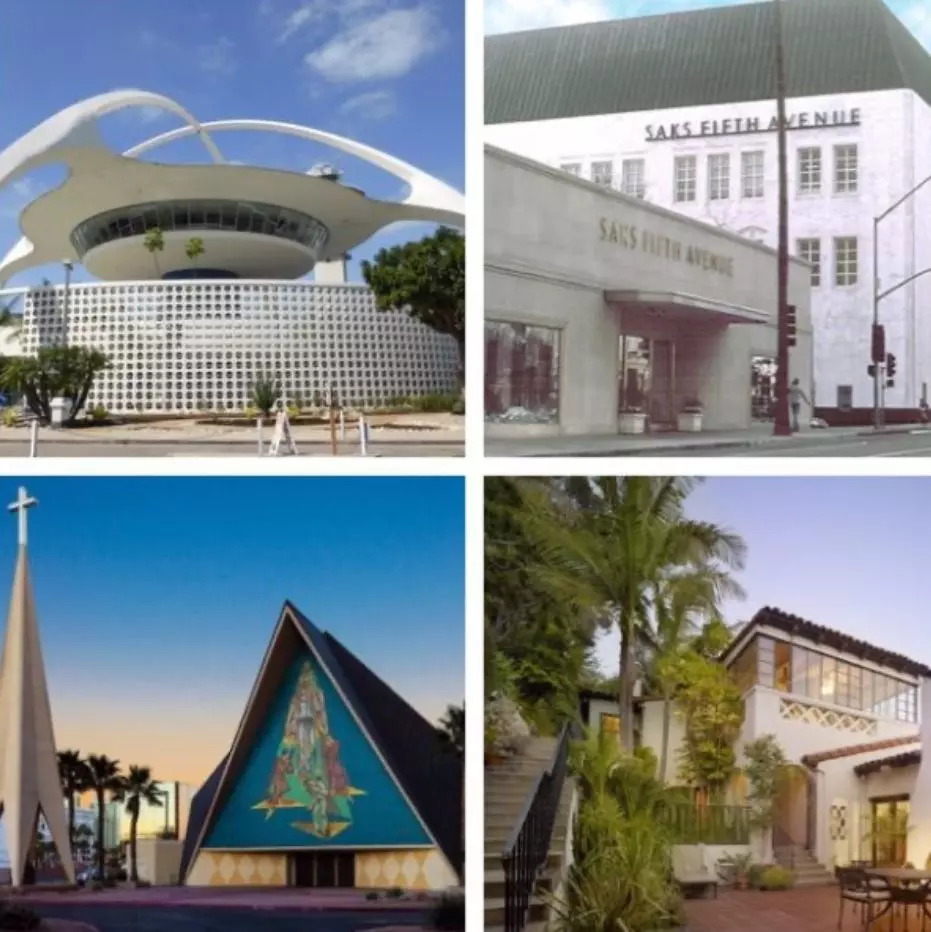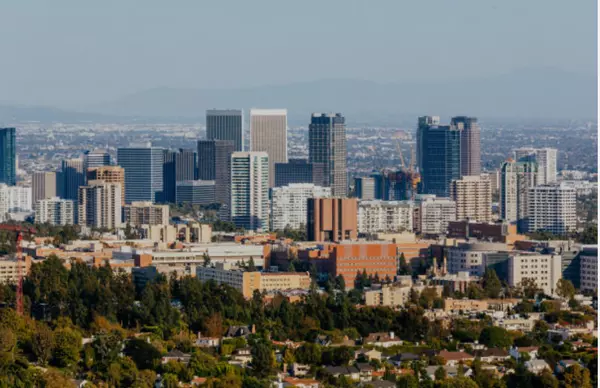The History of African Americans in LA Real Estate

Los Angeles, a sprawling metropolis known for its glitz and glamour, has a rich and complex history that includes the significant contributions of African Americans in the realm of real estate. From the early 20th century to the present day, Black Angelenos have played a crucial role in shaping the city’s neighborhoods, architecture, and overall landscape.
The journey of African Americans in Los Angeles real estate began during a time of segregation and discrimination. In the early 1900s, many Black families were restricted to living in certain areas due to racially discriminatory housing policies. However, despite these barriers, African Americans began to carve out their own communities. One of the first significant neighborhoods was the historic area of Sugar Hill, located near what is now known as West Adams. This neighborhood became a hub for Black professionals and artists who sought to build a life away from the oppressive conditions they faced elsewhere.
As African Americans began to establish themselves economically, they also sought to create spaces that reflected their culture and aspirations. The construction of homes in these communities was often influenced by unique architectural styles that blended traditional African American aesthetics with contemporary designs. Historic Black architects such as Paul R. Williams emerged during this time, making significant contributions to the field. Williams was not only the first African American member of the American Institute of Architects but also designed homes for notable figures like Frank Sinatra and Lucille Ball.
Williams’ work exemplifies how Black architects navigated a predominantly white industry while creating stunning designs that catered to their communities’ needs. His ability to integrate functionality with beauty laid the groundwork for future generations of architects who would continue this legacy. Other notable figures include Charles H. McCauley, who contributed significantly to residential designs in Black neighborhoods during the mid-20th century.
The impact of African Americans on LA's real estate extends beyond architecture; it encompasses entire communities that have become landmarks in their own right. One such landmark is the historic Crenshaw District, which has long served as a cultural epicenter for African Americans in Los Angeles. Known for its vibrant businesses and rich history, Crenshaw has been home to influential figures such as activist and entrepreneur Alonzo “Lonnie” Johnson, who worked tirelessly to promote economic development within his community.
Another important landmark is the historic Dunbar Hotel in South Los Angeles. Built in 1928, it was one of the first hotels on the West Coast to cater exclusively to Black patrons during an era when segregation was rampant. The Dunbar Hotel became a gathering place for prominent African American entertainers and intellectuals, further solidifying its place in history.
In addition to these landmarks, several historically Black neighborhoods have played pivotal roles in shaping Los Angeles' identity. Areas like Leimert Park emerged as thriving cultural hubs throughout the 1980s and 1990s, showcasing Black art, music, and entrepreneurship. Leimert Park is now recognized as an essential part of LA's cultural landscape, hosting events such as art walks and jazz festivals that celebrate African American heritage.
Despite facing numerous challenges throughout history—including redlining practices that limited access to homeownership—African Americans have continued to make strides within Los Angeles real estate. The fight against systemic racism has led many activists and community leaders to advocate for equitable housing policies that promote inclusivity and diversity.
Today, organizations like the National Association of Real Estate Brokers (NAREB) work diligently towards ensuring fair housing practices while empowering aspiring homeowners within minority communities across Los Angeles. Their efforts aim not only at increasing homeownership rates among African Americans but also at fostering generational wealth through real estate investment.
As we reflect on this history—marked by resilience amidst adversity—it becomes evident that African Americans have profoundly influenced LA's real estate landscape through their contributions as architects, developers, community leaders, and homeowners alike. Their legacies continue today as new generations strive toward equitable opportunities within an ever-evolving market.
In conclusion, understanding the history of African Americans in Los Angeles real estate is crucial for appreciating both past struggles and current achievements within this vibrant cityscape. From historic landmarks steeped in culture to modern-day advocacy efforts aimed at promoting equity—the story remains one of perseverance rooted deeply within LA’s fabric—a testament not only to those who came before but also an inspiration for future generations seeking success through homeownership and community development.
Categories
- All Blogs 50
- Architecture and Style 2
- Los Angeles Fires - Resource Center 1
- Things to consider when Buying or Selling 4
- Thinking of moving to Beverly Hills - Everything you Should Know 4
- Thinking of moving to Brentwood - Everything you Should Know 3
- Thinking of moving to Culver City - Everything you Should Know 6
- Thinking of moving to Los Angeles - Everything you Should Know 2
- Thinking of moving to Manhattan Beach - Everything you Should Know 2
- Thinking of moving to Mar Vista - Everything you Should Know 2
- Thinking of moving to Santa Monica - Everything you Should Know 5
- Thinking of moving to Torrance - Everything you Should Know 4
- Thinking of moving to Venice - Everything you Should Know 4
- Thinking of moving to West Los Angeles Sawtelle - Everything you Should Know 4
- Thinking of moving to Westwood - Everything you Should Know 1
- Trusts and Probate 3
Recent Posts










